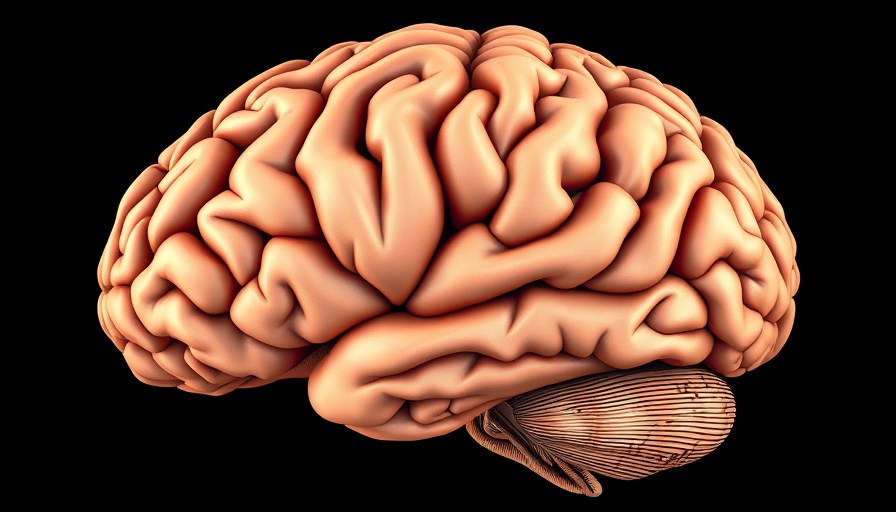
Understanding the Impact of Sex Differences on Neurological Health
Neurological conditions like Tourette syndrome, schizophrenia, and ADHD are more than just clinical diagnoses; they are profound disorders that impact the lives of millions. Exciting discoveries in recent research shed light on the often-overlooked sex differences in these conditions, suggesting that gender could play a pivotal role in understanding their mechanisms and treatments.
Revealing New Mechanisms Through Research
In a groundbreaking study published in Journal of Neuroscience, researchers Meghan Van Zandt and Christopher Pittenger focused on sex differences related to dopamine signaling, a critical neurotransmitter often implicated in psychiatric disorders. Specifically, their work with mice demonstrated that histamine affects dopamine levels differently in male and female subjects. For instance, while histamine decreased dopamine levels in males, it simultaneously increased these levels in females—a stark contrast that could influence targeted treatment strategies.
Why Sex-Specific Treatments Matter
The implications of these findings are enormous. Traditionally, treatment strategies for conditions like ADHD and schizophrenia apply a one-size-fits-all approach, which may not fully address the unique biochemical landscapes of male and female patients. By exploring these sex-specific mechanisms, researchers advocate for personalized medicine, where treatments could be tailored to an individual’s sex, enhancing the effectiveness of interventions for both men and women.
The Role of Hormones: Estrous Cycle Influence
Interestingly, the study highlighted that the effects of histamine on dopamine levels in females also vary across their estrous cycle, the rodent equivalent of the menstrual cycle in humans. This hormonal interplay can lead to fluctuations in symptoms and responses to treatment based on the timing within the cycle, highlighting the necessity for strategies that account for such biological rhythms.
Increasing Awareness in Health and Wellness
For individuals interested in health and wellness, understanding the sex differences in neurological conditions is crucial. It not only calls for broader awareness but also encourages communities to engage in health and wellness discussions and events that highlight these differences. As both men and women navigate their unique health challenges, educational platforms can help debunk myths and provide actionable insights about the treatment landscape.
Community Health Initiatives: A Local Perspective
In places like San Antonio, proactive health and wellness centers have begun to lead the charge by offering informational sessions that address neurological health disparities between sexes. Community health events focusing on these differences could empower individuals and families with knowledge, enabling earlier interventions and fostering a culture of informed health management.
Conclusion: Where Do We Go From Here?
Research into sex differences in neurological conditions heralds a promising frontier for better healthcare outcomes. As we better understand these differences, the science of medicine can advance towards tailored treatments that not only enhance efficacy but also improve quality of life for all patients. The need for further research and community awareness is paramount, encouraging support systems that promote optimal health and wellness.
By taking actionable steps—whether through education or advocacy—you can help bridge the gap in understanding around sex differences in neurological health conditions. Stay informed, participate in community discussions, and prioritize learning about health and wellness strategies that cater to varying needs.
 Add Row
Add Row  Add
Add 




 Add Row
Add Row  Add
Add 


Write A Comment